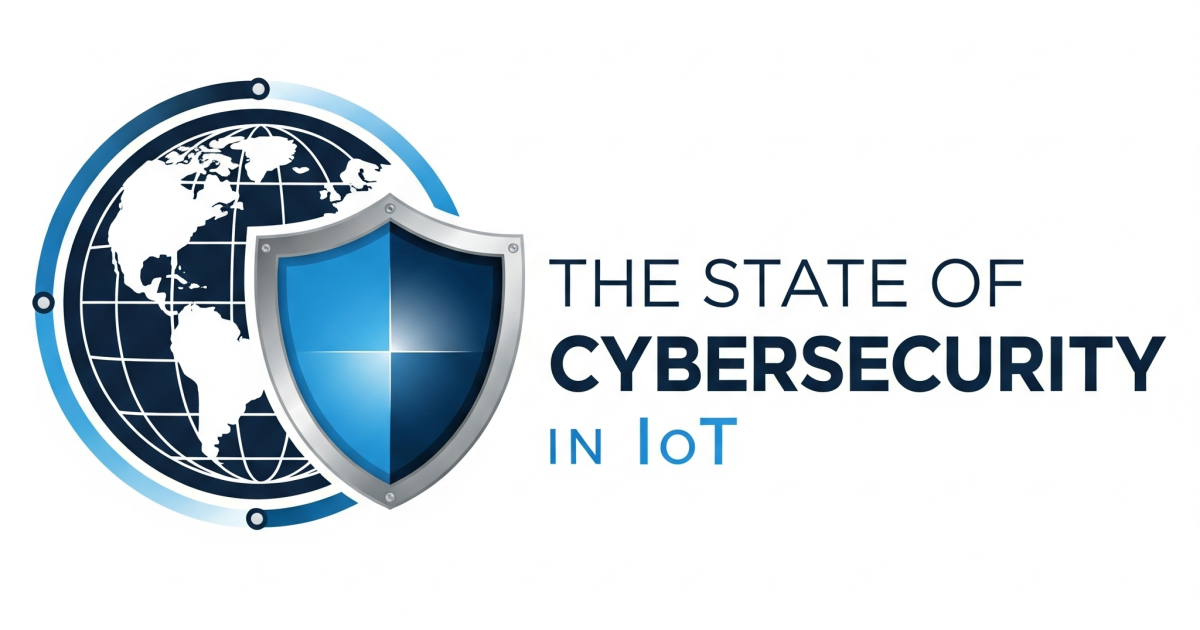
IoT and OT environments present complexities, such as limiting asset visibility and control. Visibility is essential for security and operations teams. However, as networks become more complex, maintaining visibility and reducing the attack surface becomes increasingly challenging. This is particularly true in healthcare, manufacturing and critical infrastructure verticals.
These diverse environments introduce new ransomware and malware risks in the context of today’s evolving threat landscape. To help protect organizations from modern threats and provide complete, unified visibility across endpoints, cloud, mobile, IoT and OT devices, SentinelOne announced a new integration with Armis.
SentinelOne is an autonomous cybersecurity platform company. Its cybersecurity solution encompasses AI-powered prevention, detection, response and hunting across endpoints, containers, cloud workloads and IoT devices in a single autonomous XDR platform. Armis is an agentless device security platform that addresses the new threat landscape of unmanaged and IoT devices.
“SentinelOne’s autonomous approach to prevention and remediation coupled with Armis’s comprehensive visibility takes attack assessment and mitigation to new levels,” said Ed Barry, vice president, strategic alliances, Armis.
Integrated, SentinelOne and Armis will deliver three solutions.
SentinelOne Singularity XDR app for Armis will provide additional context and enrichment to accelerate the triage and investigation of threats to managed and unmanaged endpoints, IoT and OT devices.
Armis integration for SentinelOne Singularity XDR will offer unified visibility of devices with broad coverage for user endpoints, IoT and OT devices. It also integrates device health, asset metadata and application inventory into risk models to improve vulnerability prioritization and remediation.
SentinelOne Singularity Ranger app for Armis will deliver network visibility and control with real-time device metadata from Armis. Organizations are enabled to automatically isolate suspicious devices or block user endpoints from communication with IoT and OT devices.
Edited by
Erik Linask





